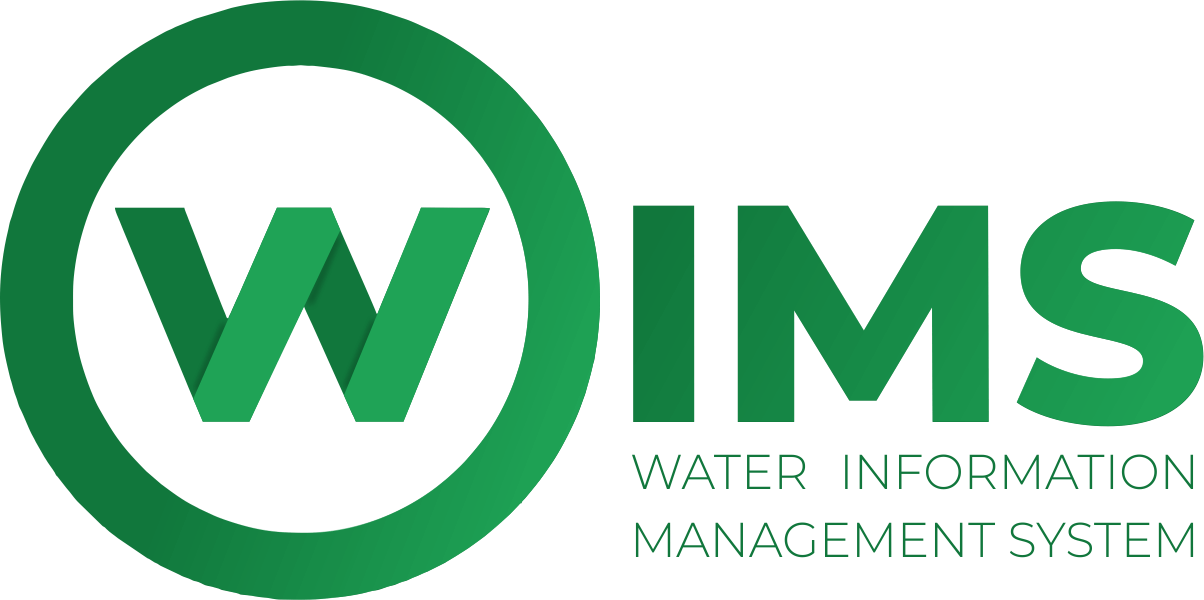Water Quality
Easily manage the three elements that make up water quality with just one app.
Whether its water sampling points, quality analysis or reporting... WIMS lets you manage it all in one place, quickly and easily. Store and then compare the data from sample point locations with beautiful graphs and maps. You’ll never want to manage it any other way.
Water sampling point locations can either be specified in a water use license or carefully selected to monitor water quality at strategic points within your operation, farm or municipality. Water quality samples are analysed by a lab and the results sent to the client, or can be obtained by taking field measurements. Reporting against a chosen water quality standard/classification can assist in detecting spills early, avoiding breaches in water use licenses and setting up new water quality standards/classifications.
It’s simple and convenient with WIMS.
More information about the three water quality elements:
Interested in additional information about the three elements of water quality? See the information below and even learn more about how WIMS can help you:
Water quality consists of 3 elements: Water sampling points, water quality and reporting on the data against a chosen water quality standard/classification.
1. Sampling Points
Sample point locations can either be specified in a water use license or carefully selected to monitor water quality at strategic points within your operation, farm or municipality. They can include:
- Portable water intakes
- Production or dewatering boreholes
- Pipelines where water is discharged into the environment
- Treatments works, both before and after treatment
- Processing plants
- Tailings facilities
- Waste rock dumps
- Open-cast mining pits
- Environmental monitoring points
2. Water Quality
The second element in water quality is the water quality samples taken at each of these sampling points.These are typically gathered in containers specific to the type of sample needed. Contact your lab of choice and enquire about their specific requirement for chemical, gravimetric, environmental, bacteriological or organic sample containers. These samples can then be analysed by a lab, and the water quality sample results sent to the client. The second way of collecting water quality sample data is by taking field measurements.
3. Reporting
The third element in water quality is the reporting on the data against a chosen water quality standard or classification. Graphing the sample analysis results for a specific parameter and comparing it to a selected classification can lead to the early detection of spills or indicate that you might be on your way to breach your water use license at a specific sample location.
More information about the three water quality elements:
WIMS allows you to manage all three of these elements, even including setting up new water quality standards or classifications such as a water use licenses or the World Health Organisation's Guidelines for drinking-water quality (GDWQ).

